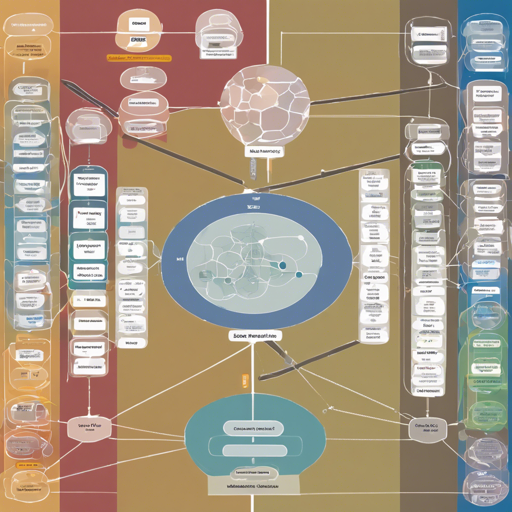In the world of natural language processing (NLP), understanding the structure of language is key to creating effective AI systems. One such sophisticated tool for tackling this challenge is the BERT-Large-German-UPOS model, tailored for part-of-speech (POS) tagging and dependency parsing in the German language. In this article, we’ll guide you through how to use this model to classify tokens effectively.
Understanding the Model
The BERT-Large-German-UPOS model has been pre-trained on the UD German-HDT dataset and is built on the foundation of the gbert-large model. It classifies every word by assigning it a universal part-of-speech (UPOS) tag, which helps in understanding the grammatical roles of words in sentences. Think of UPOS tagging as placing labels on different parts of a tree: some branches are nouns, others are verbs, and leaves could represent adjectives. Each part plays its own role in the architecture of the tree.
How to Use the Model
To implement the BERT-Large-German-UPOS model in your project, follow these simple steps:
Step 1: Importing the Required Libraries
You need to have the Transformers and ESUpar libraries installed to get started. Make sure to install them via pip if you haven’t already!
Step 2: Loading the Model and Tokenizer
Here’s how you can load the tokenizer and model using Python:
from transformers import AutoTokenizer, AutoModelForTokenClassification
tokenizer = AutoTokenizer.from_pretrained("KoichiYasuoka/bert-large-german-upos")
model = AutoModelForTokenClassification.from_pretrained("KoichiYasuoka/bert-large-german-upos")
If you prefer using the ESUpar library, you can load the model with the following code:
import esupar
nlp = esupar.load("KoichiYasuoka/bert-large-german-upos")
Getting Results
Once you have the model set up, you can easily input your text and receive UPOS tags for each token. This is similar to asking an expert to analyze a sentence and hand you a detailed report about the grammatical structure. To utilize this feature, simply feed your text into the model and watch it perform its magic!
Troubleshooting Common Issues
Should you encounter issues while using the BERT-Large-German-UPOS model, here are some troubleshooting tips:
- Import Errors: Ensure that you have installed the required libraries and spelled the module names correctly.
- Model Not Found: If the model URL is incorrect, double-check the strings used in the `from_pretrained()` method. Reference the original links to ensure you have the right model.
- Performance Issues: If the model seems slow or unresponsive, consider running it in a more powerful environment or reducing the information being processed in a single request.
For more insights, updates, or to collaborate on AI development projects, stay connected with fxis.ai.
Conclusion
The BERT-Large-German-UPOS model exemplifies how modern NLP techniques can enhance our understanding of language by effectively tagging and parsing words. At fxis.ai, we believe that such advancements are crucial for the future of AI, as they enable more comprehensive and effective solutions. Our team is continually exploring new methodologies to push the envelope in artificial intelligence, ensuring that our clients benefit from the latest technological innovations.
Further Resources
For additional information, you can check out:
Happy coding and may your tokens be ever well-tagged!

